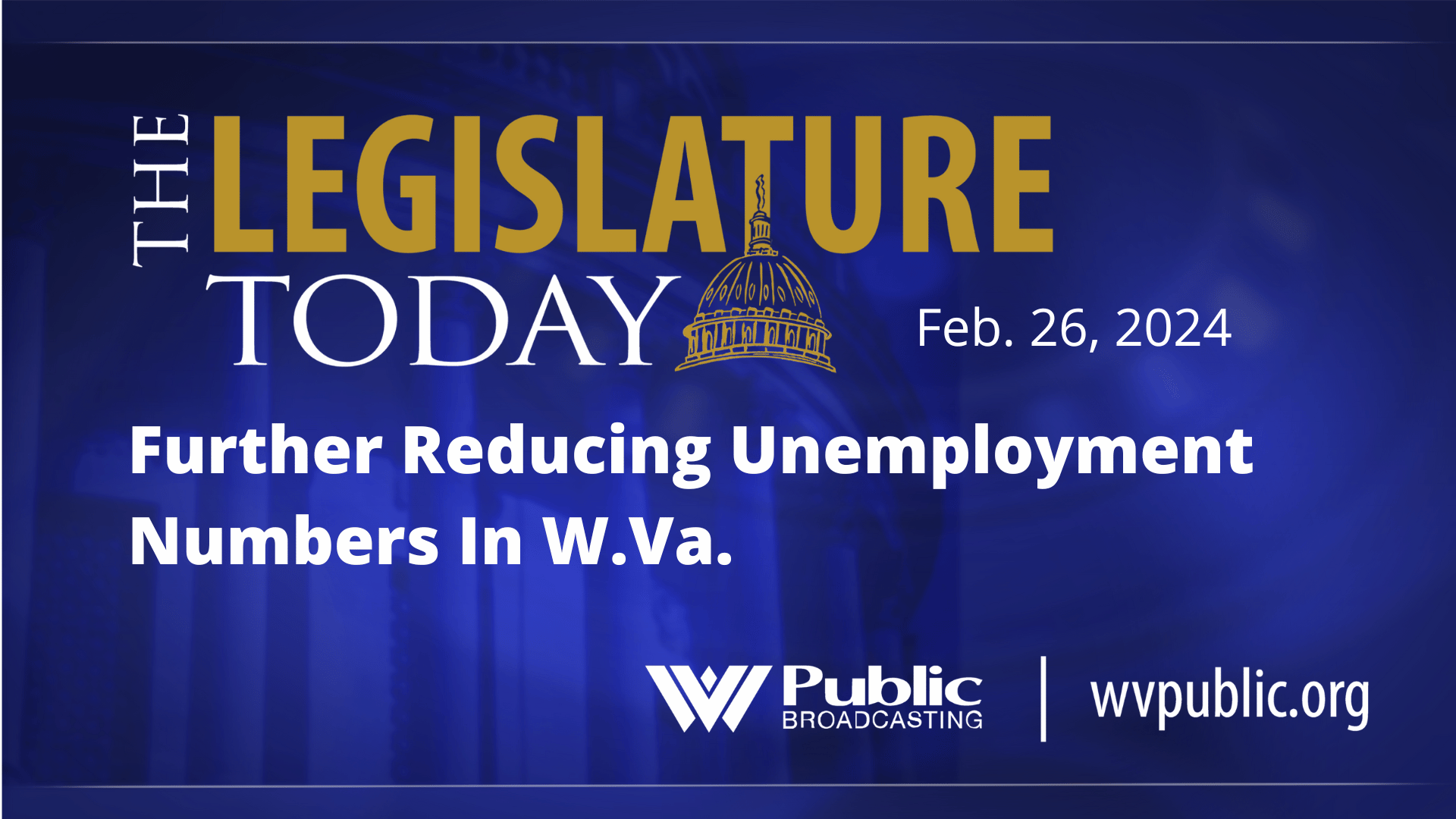Nursing is a critical hospital workforce that saw shortages prior to 2020, according to the West Virginia Hospital Association’s workforce report. It also tends to receive the most attention as the largest workforce in the hospital.
Nursing had the highest overall rates of vacancies and turnovers of all the professions studied in the report with nursing assistants having the single highest turnover rate. In West Virginia, nursing professions have a vacancy rate of 19.3 percent and a turnover rate of 26.3 percent.
During the pandemic, the topic of travel nurses and other roaming hospital staff became common in everyday life. According to experts, traveling nurses have been an integral part of health care for a long time.
Annette Ferguson, director for the School of Nursing at Marshall University, said training for traveling nurses is the same as training for stationary nurses.
“Typically, with a traveler, they have to, of course, have the same training, they have to be licensed, they have to have a degree. A lot of times in the past, they had to at least have at least a couple years experience working at the bedside,” Ferguson said.
Jim Kaufman, president of the West Virginia Hospital Association, said hospitals nationwide have used temporary staff during times of particular need.
“You may see a surge in flu in one part of the country, they may need additional staff that was not uncommon,” Kaufman said. “During the pandemic, you really saw a huge increase in the demand for traveling staff.”
The problem, according to Kaufman, is that the salaries for those nurses skyrocketed, putting more pressure on hospitals to retain staff that might be seeking other opportunities, putting the hospital in the position to hire traveling or outside staff.
“And then, because [West Virginia hospitals] were using travelers as well, that cost went up significantly,” Kaufman said. “You’re seeing that significantly ease now that the pandemic’s over and the demand for travelers has significantly come down.”
Dr. Clay Marsh, West Virginia University’s Chancellor and Executive Dean of Health Sciences, agreed, noting some hospitals hired back their own staff as traveling nurses, at a higher rate when agencies stepped in.
“Because of the acute shortage of care providers to be able to keep all the hospital units open and operating, and particularly because of the severity of illness, then hospitals really had no choice but to hire a number of these travelers, even if some of the travelers previously were members of the hospital staff, and they had to rehire them back at much higher prices,” Marsh said.
Now that acute need is reduced with people being vaccinated against COVID-19, leading to less severe cases and hospitalizations, Marsh said the nursing industry looks similar to pre-pandemic openings and hiring needs.
“While the numbers need to be refilled and equilibrated back to what we saw before the pandemic, the acute requirement for nurses to serve in crisis kind of situations related to COVID has reduced, and therefore the number of travel nurses has reduced, and at the same time we’ve continued to train more nurses,” Marsh said.
Efforts are underway to attract and retain nursing and hospital staff through increased recruitment campaigns and educational programs. According to Kaufman, hospitals are getting creative by running junior nursing academies.
“I know a couple of hospitals are doing those this summer, working with high school students to expand their awareness of health care,” Kaufman said. “A lot of hospitals are offering scholarships or tuition assistance.”
Ferguson said she and other nursing experts are reaching out to high schools and even middle schools to provide pathways to a nursing career.
“So we’re really trying to reach out to counselors at the different schools, we’re trying to get in there and talk to them, you know, have different faculty go in, talk about whether there are different roles of nurses, what they can do, because there are so many opportunities,” Ferguson said.
Jordyn Reed, administrator of the West Virginia Center of Nursing, said initiatives like the West Virginia Nursing Scholarship Program are helping staffing shortages among nursing specialties.
The West Virginia Nursing Scholarship Program provides scholarships to students seeking their LPN or RN certificates, and master’s or doctoral nursing degrees.
An analysis of scholarship completers in August 2020 found that 88.7 percent of program completers still maintain an active West Virginia nursing license.
“That program gives scholarship money for nurses all the way from LPN all the way through graduate nursing students, it gives them scholarship funds, in exchange for them completing service obligations in the state. We did an analysis back in August of 2020, that found, over 88 percent of the completers of that fellowship program are maintaining a West Virginia nursing license. So we found it’s a very good retention tool to keep nurses in the state.”
As communities and hospitals alike adjust to the health care industry post-pandemic, experts are hopeful for West Virginia nursing prospects.
——
This story is part of the series, “Help Wanted: Understanding West Virginia’s Labor Force.”
Appalachia Health News is a project of West Virginia Public Broadcasting with support from Charleston Area Medical Center and Marshall Health.
